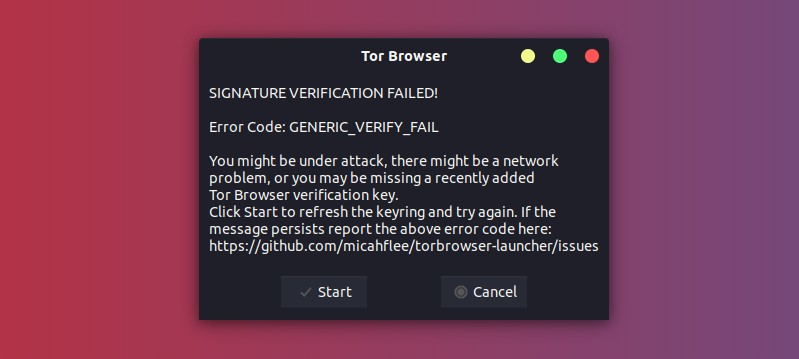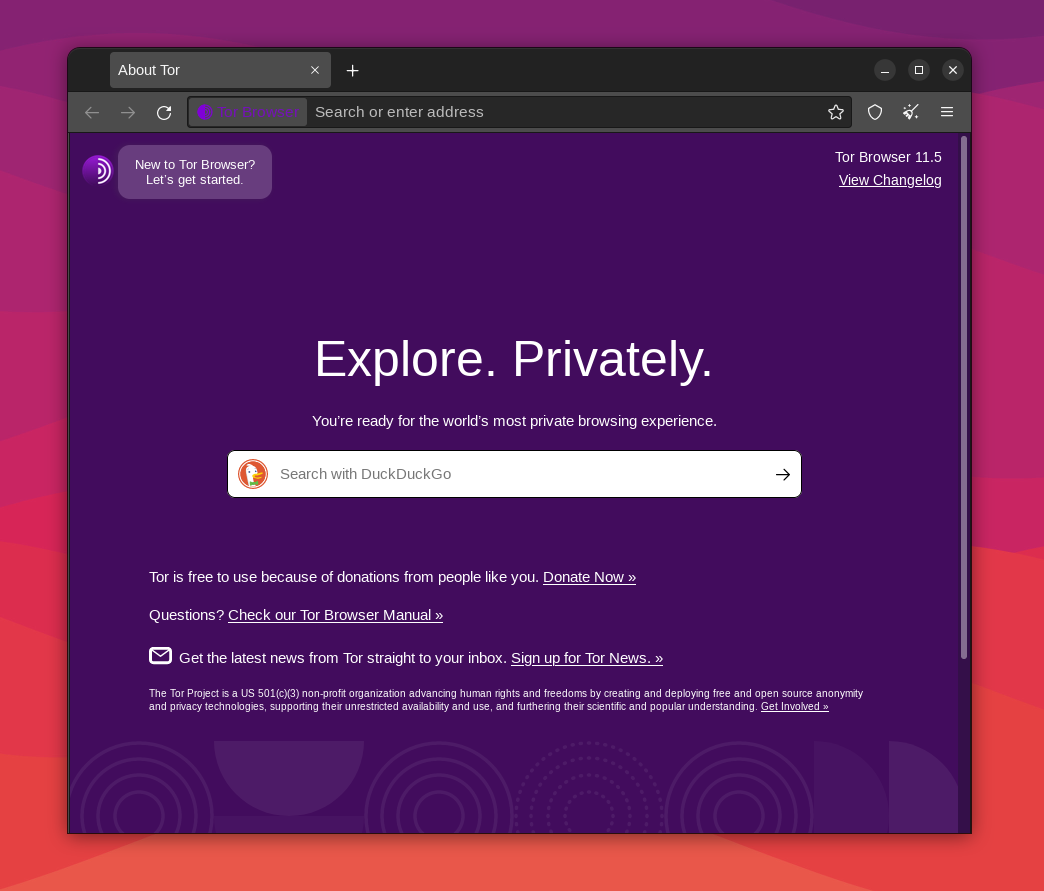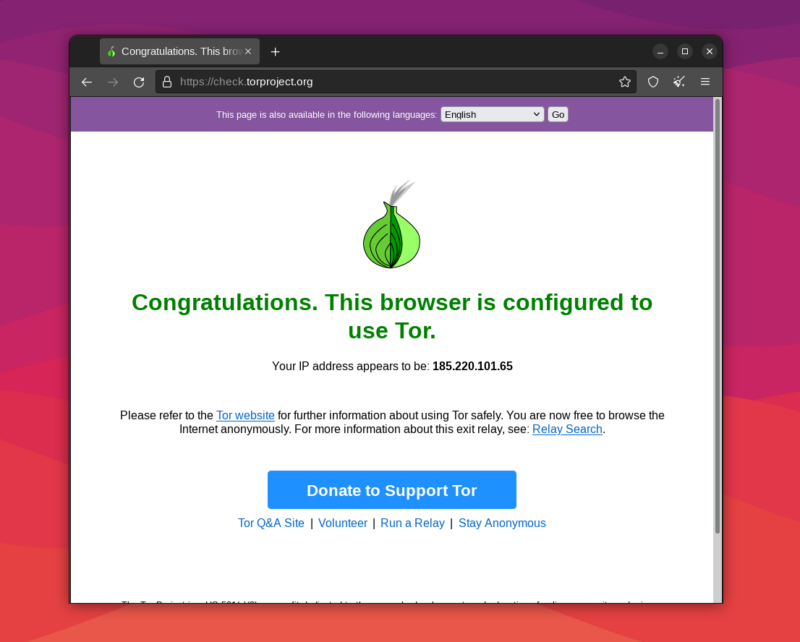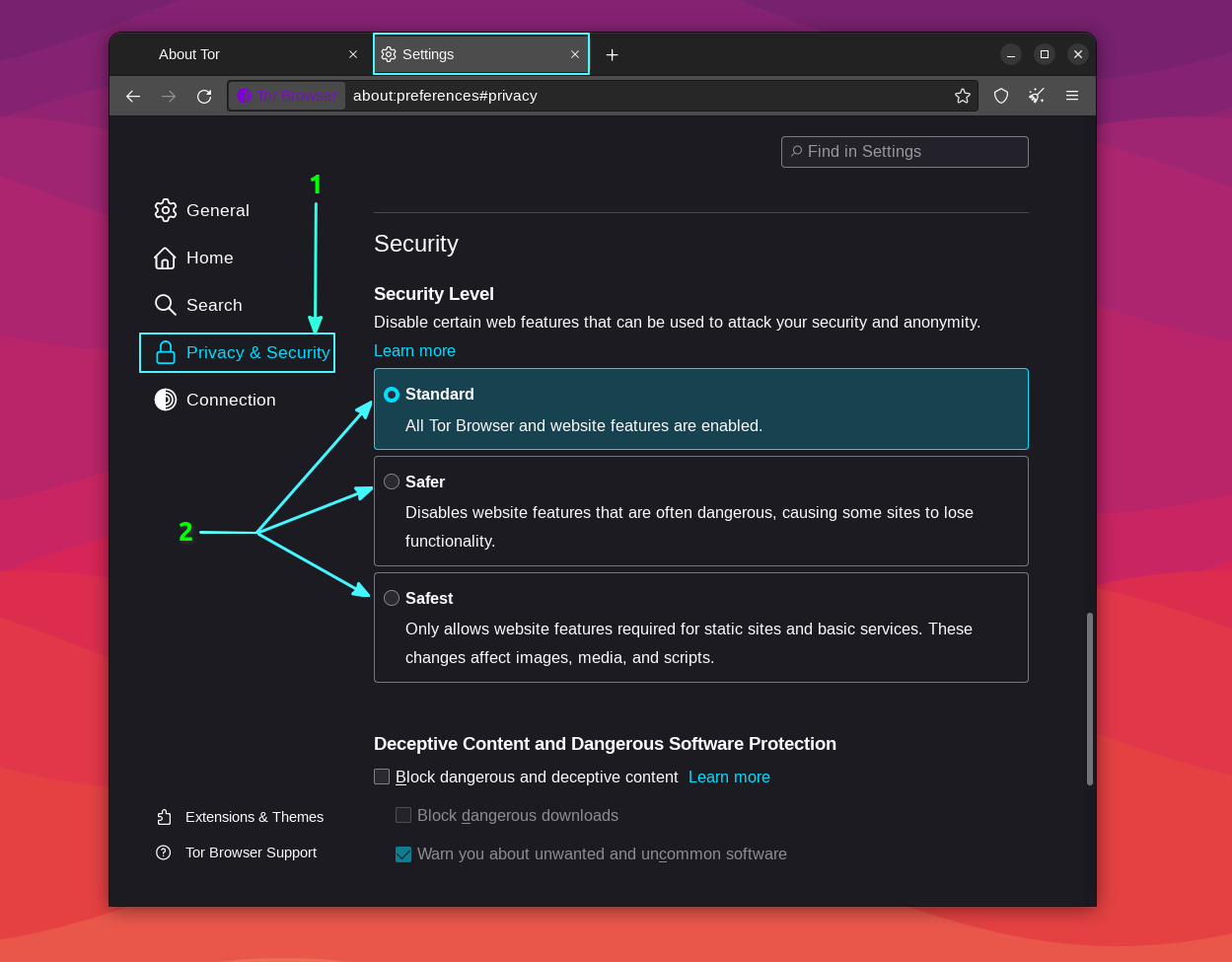This tutorial shows you how to install Tor browser in Ubuntu Linux. You’ll also learn a few tips around effectively using the Tor Browser.
Privacy is one of the most discussed topics these days, from the NSA spying on citizens and governments alike to the Facebook data scandals. The vicious circle of companies abusing customer/user data will always continue.
So, privacy-concerned users are looking for ways to enhance their digital experience without sharing a lot of personal information.
And, one of the ways to do that is to pick the right browser for a private internet experience. Of course, you can choose to go with the best web browsers for Linux. But, if you want to be extremely cautious?
Tor Browser by the Tor Project will be the ideal choice. Note that the user experience with Tor Browser may not be pleasing, but if you’re laser-focused on privacy protections, it should be a solid option.
Ifyou want more straightforward solutions that do not affect user experiences, you might want to check out our list of the best simple tools to protect privacy.
Installing Tor browser on Ubuntu and other Debian-based distributions
You should always prefer using the recommended method of installation. But, if you have different requirements, we also have some alternative options.
1. Install Tor Browser Using Flatpak (Recommended Method)
The Tor Browser launcher has made things a lot simpler to install the Tor browser on Linux. It does everything for you automatically; you just have to install and run it.
No matter what Linux distribution you have, the recommended method of installing the latest Tor Browser launcher is using Flatpak.
If you have a software store that supports Flatpak (like Pop!_Shop on Pop!_OS), you can effortlessly search for the “Tor Browser launcher” and install it.

In case you prefer the terminal, you should first set up Flatpak if you haven’t and then type in the following commands:
flatpak install flathub com.github.micahflee.torbrowser-launcherTo run the launcher, type in:
flatpak run com.github.micahflee.torbrowser-launcherWhen you run the launcher, it will download the tor browser as shown in the screenshot below. You must follow the on-screen instructions to continue connecting to Tor and launching the browser.

2. Install Tor browser launcher using APT (Alternate Method)
This is not the recommended method, but if you do not want to use Flatpak, you can try this.
The Tor browser launcher has been included in the Universe repository of Ubuntu, so you can easily use the apt command to install it.
Note: You will find an older version of the installer using this method, but it will download the latest Tor Browser.
If you are using Ubuntu, ensure the Universe repository is enabled. It should be the case by default, but if not, you can do it with the command here:
sudo add-apt-repository universe && sudo apt updateOnce you have that, you can install the Tor browser launcher:
sudo apt install torbrowser-launcherNote that this is not the browser itself. It’s just the installer. So, to run the launcher, you need to type in the following in the terminal:
torbrowser-launcherOr you can search for it in the app menu and launch it.
3. Install Tor browser launcher in any Linux distribution (Direct Download)
The Tor browser launcher can be downloaded and run in any Linux distribution. You can find the files and instructions on its download page.
You must download the file, extract it, go to the extracted folder, and run the launcher. The rest of the steps will be similar to other methods

If you didn’t run the launcher yet, you should have the following two entries in your application menu — Tor Browser and Tor Browser Launcher Settings. Click the Tor Browser Launcher Icon to start the launcher.
Troubleshooting Tip: Fixing SIGNATURE VERIFICATION FAILED error
When the download finally finishes, you may encounter an error that says “SIGNATURE VERIFICATION FAILED”. The error code being GENERIC_VERIFY_FAIL as shown below.
Note: We tested this solution for Ubuntu 20.04 LTS.

To fix this, you need to refresh the outdated GPG key bundled in the Tor launcher with a new one from Ubuntu’s key server.
You can simply click “Start” to try again and that should fix it. If that still hasn’t fixed the issue, you may use the command below to do that:
gpg --homedir "$HOME/.local/share/torbrowser/gnupg_homedir" --refresh-keys --keyserver keyserver.ubuntu.comNormally, it should show that the key has been refreshed as follows:
gpg --homedir "$HOME/.local/share/torbrowser/gnupg_homedir" --refresh-keys --keyserver keyserver.ubuntu.com
gpg: refreshing 1 key from hkp://keyserver.ubuntu.com
gpg: key 4E2C6E8793298290: 70 duplicate signatures removed
gpg: key 4E2C6E8793298290: 216 signatures not checked due to missing keys
gpg: key 4E2C6E8793298290: 2 signatures reordered
gpg: key 4E2C6E8793298290: "Tor Browser Developers (signing key) [email protected]" 283 new signatures
gpg: key 4E2C6E8793298290: "Tor Browser Developers (signing key) [email protected]" 1 new subkey
gpg: Total number processed: 1
gpg: new subkeys: 1
gpg: new signatures: 283
gpg: no ultimately trusted keys foundNow you need to click on Tor browser from your app menu again to restart the download and installation. It should be quicker than before.
After the download is done, you will be greeted with a connection screen as shown below. Click on the “Connect” button to start the browser with the Tor session.

Once it is up and running, you’ll be at the home screen of the browser:

Tor browser is now successfully installed, and you have resolved the error.
Enjoy browsing the internet anonymously and privately now!
How to Uninstall Tor Browser?
If you are not happy with the Tor browser (installed via APT), you can remove it using the command below:
sudo apt purge torbrowser-launcherIf you installed it using Flatpak, you can easily uninstall it using the software center or the terminal
flatpak uninstall com.github.micahflee.torbrowser-launcherA few tips for using the Tor Browser
Now that you have installed the Tor browser, let me tell you a few tips about using it. It’s up to you if you want to use some or all of these tips.
1. Check if you are properly connected to the Tor Network
Go to the Tor network check page to see if your browser is properly connected to the network.

2. Avoid using the browser maximized
Maximizing the browser allows websites to access device info such as screen size and resolution. If you’re concerned about this, do not maximize the browser. The Tor browser even shows you a warning if you do it.
3. Choose your security level
By default, Tor Browser chooses the standard security level. However, you can select ‘Safer’ and ‘Safest’ levels. You can learn more about the levels here.

To access security settings, click on the Shield icon next to the Tor Browser URL bar. To view and adjust security settings, click the ‘Change’ button in the shield menu.

4. Change a few browsing habits
Try to use search engines that do not track you. Tor even sets DuckDuckGo as the default search engine. Also avoid installing browser extensions as they may track you.
5. Stay away from illegal sites
As Tor is a hidden network, so you may come across a few sites that are illegal or promote shady/illegal activities. Try to stay away from these kinds of websites.
6. Understand Tor Circuits
Unlike a traditional VPN, Tor doesn’t just relay your connection through a single location. Instead, your data is relayed and transferred through a number of locations. This is called a Tor Circuit. You can view your current circuit by pressing the lock icon on the left of your address bar.

7. Use Onion services
Instead of using normal websites, you can use Onion services, which are part of the Tor network. Some websites are available in this form. They use a .onion address. A few of them are
- The New York Times (https://www.nytimes3xbfgragh.onion)
- DuckDuckGo (3g2upl4pq6kufc4m.onion)
- ProtonMail (https://protonirockerxow.onion)
I must emphasize: Beware of the shady and illegal ones, most of them are available only as a .onion service.
You can read more much Tor browsing tips in a blog post by Whonix.
Do you like using Tor?
I hope this article helps you in installing Tor browser on Ubuntu and other Linux distributions and thus enabling you to protect your privacy.
Speaking of privacy, VPNs are another popular tool for protecting privacy. Switzerland-based privacy company ProtonMail provides an excellent secure and private VPN service, ProtonVPN (affiliate link). If you are not choosing Tor Browser, you can use these solutions paired with other browsers.
What other privacy-related tools do you use?

